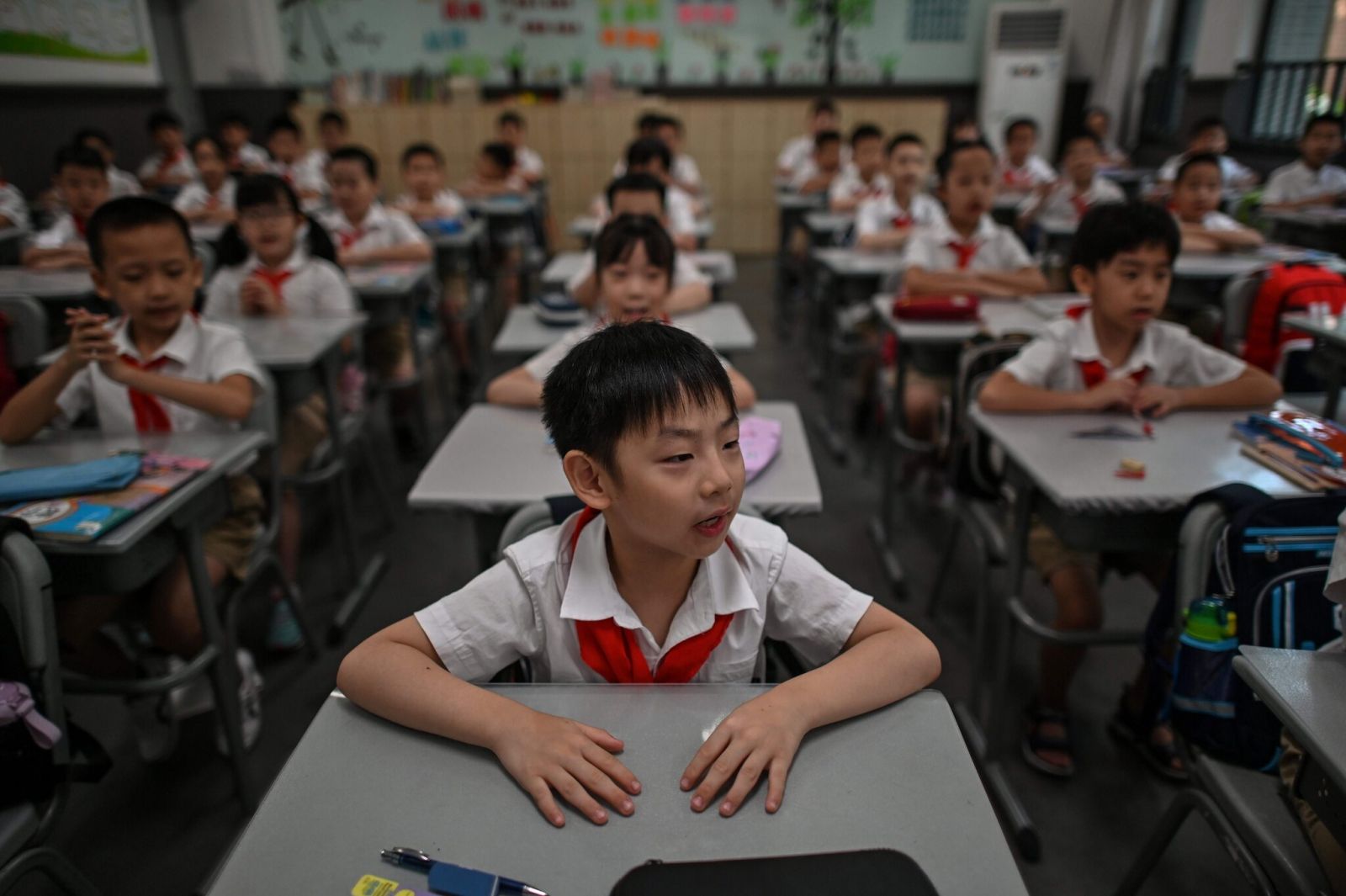Education of China
Education of China
The educational system in China is a major vehicle for both inculcating values in and teaching needed skills to its people. Traditional Chinese culture attached great importance to education as a means of enhancing a person’s worth and career. In the early 1950s the Chinese communists worked hard to increase the country’s rate of literacy, an effort that won them considerable support from the population. By the end of that decade, however, the government could no longer provide jobs adequate to meet the expectations of those who had acquired some formal schooling. Other pressing priorities squeezed educational budgets, and the anti-intellectualism inherent in the more-radical mass campaign periods affected the status and quality of the educational effort. These conflicting pressures made educational policy a sensitive barometer of larger political trends and priorities. The shift to rapid and pragmatic economic development as the overriding national goal in the late 1970s quickly affected China’s educational system.
The Chinese educational structure provides for six years of primary school, three years each of lower secondary school and upper secondary school, and four years in the standard university curriculum. All urban schools are financed by the state, while rural schools depend more heavily on their own financial resources. Official policy stresses scholastic achievement, with particular emphasis on the natural sciences. A significant effort is made to enhance vocational training opportunities for students who do not attend a university. The quality of education available in the cities generally has been higher than that in the countryside, although considerable effort has been made to increase enrollment in rural areas at all education levels.
The traditional trend in Chinese education was toward fewer students and higher scholastic standards, resulting in a steeply hierarchical educational system. Greater enrollment at all levels, particularly outside the cities, is gradually reversing that trend. Primary-school enrollment is now virtually universal, and nearly all of those students receive some secondary education; about one-third of lower-secondary graduates enroll in upper-secondary schools.
The number of university students is increasing rapidly, though it still constitutes only a small fraction of those receiving primary education. For the overwhelming majority of students, admission to a university since 1977 has been based on competitive nationwide examinations, and attendance at a university is usually paid for by the government. In return, a university student has had to accept the job provided by the state upon graduation. A growing number of university students are receiving training abroad, especially at the postgraduate level.
The system that developed in the 1950s of setting up “key” urban schools that were given the best teachers, equipment, and students was reestablished in the late 1970s. The inherently elitist values of such a system put enormous pressure on secondary-school administrators to improve the rate at which their graduates passed tests for admission into universities. In addition, dozens of elite private schools have been established since the early 1990s in China’s major cities.
Six universities, all administered directly by the Ministry of Education in Beijing, are the flagships of the Chinese higher educational system. Three are located in Beijing: Peking University (Beijing Daxue), the leading nontechnical institution; Tsinghua (Qinghua) University, which is oriented primarily toward science and engineering; and People’s University of China, the only one of the six founded after 1949. The three outside Beijing are Nankai University in Tianjin, which is especially strong in the social sciences; Fudan University, a comprehensive institution in Shanghai; and Sun Yat-sen (Zhongshan) University in Guangzhou (Canton), the principal university of South China. In addition, every province has a key provincial university, and there are hundreds of other technical and comprehensive higher educational institutions in locations around the country. The University of Hong Kong (founded 1911) is the oldest school in Hong Kong.
The damage done to China’s human capital by the ravages of the Great Leap forward and, especially, by the Cultural Revolution was so great that it took years to make up the loss. After the 1970s, however, China’s educational system increasingly trained individuals in technical skills so that they could fulfill the needs of the advanced, modern sector of the economy.
The social sciences and humanities also receive more attention than in earlier years, but the base in those disciplines is relatively weak—many leaders still view them with suspicion—and the resources devoted to them are thin.
https://www.britannica.com/place/China/Education


